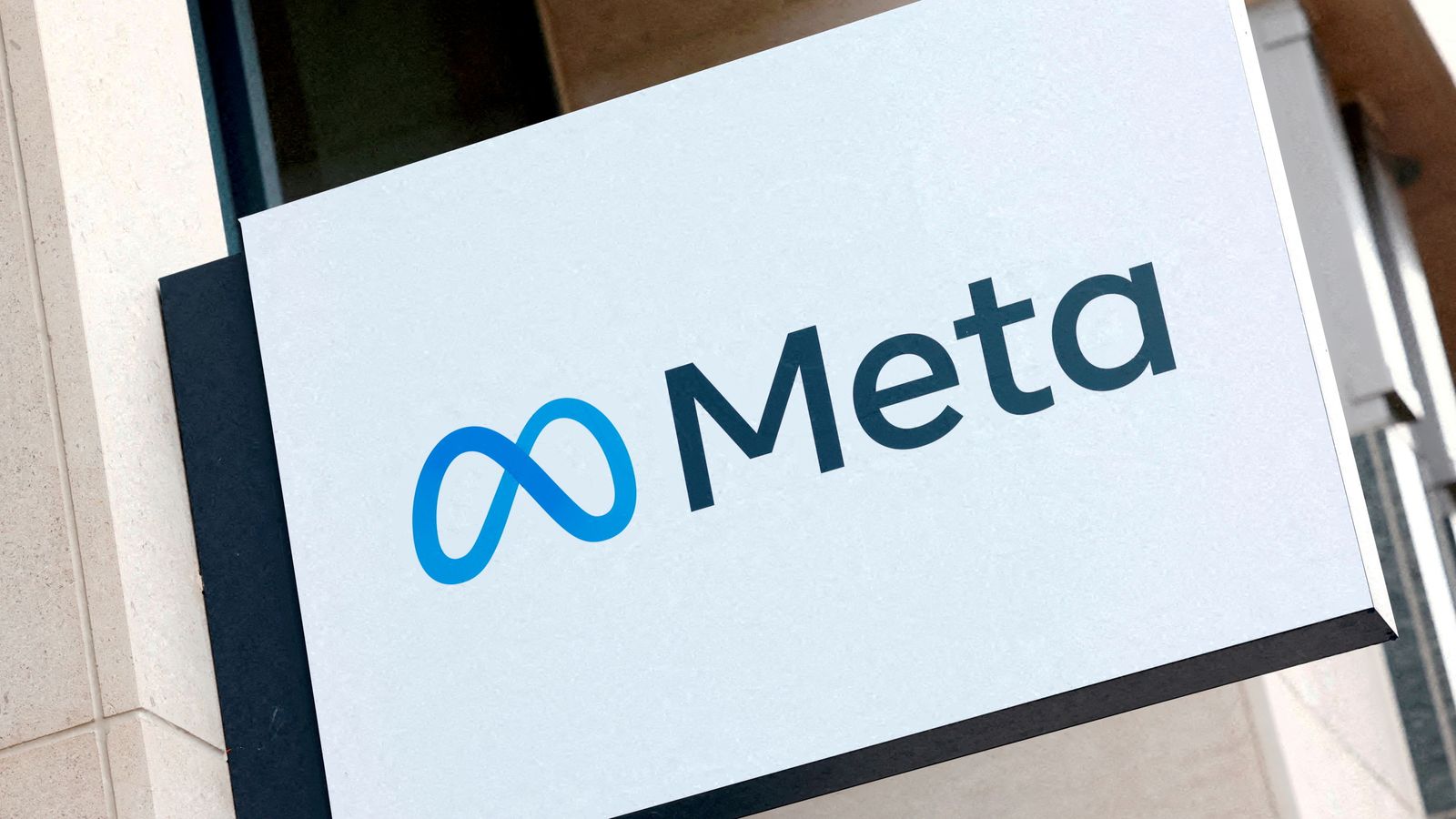The owner of Facebook has announced plans to make its version of the artificial intelligence technology behind ChatGPT free for researchers and companies to use.
The latest version of Meta’s large language model, called LLaMa 2, will rival OpenAI’s GPT-4, which powers the chatbot app.
The technology came to the fore last November after the release of ChatGPT built a user base of 100 million in just two months.
Meta said in a news release that it decided to open up access to LLaMa 2 so businesses and researchers could access more AI tools and use them to experiment.
LLaMa 2 is the second generation of Meta’s large language model, which was first announced in February.
The second version of the model is trained on 40% more data compared with LLaMa 1, according to Meta.
Artificial intelligence has been around for decades and is used in satellite navigation systems and virtual assistants like Siri, but large language models have ushered in a new era of generative AI.
MI6 boss confident AI won’t replace spies
‘Take it seriously’: UN Security Council meets for first time about AI risks
‘Astoundingly realistic’ child abuse images being generated using AI
The term describes algorithms that can be used to create new content including text, audio, images and videos.
Please use Chrome browser for a more accessible video player
The development of regulation to ensure companies are transparent about how their AI is trained and guard against misinformation and bias is still in the early stages across the world.
After the launch of ChatGPT last year, Google responded with Bard, a search engine powered by artificial intelligence, and Microsoft launched its own version called BingChat.
Unlike the models developed by OpenAI and Google, Meta is making LLaMa 2 open source, which means the code is freely available to download and modify.
Read more:
Mark Zuckerberg pictured training with UFC champions ahead of possible Elon Musk bout
Can AI help with dating app success?
Meta said in a statement on Tuesday night: “We believe an open approach is the right one for the development of today’s AI models, especially those in the generative space where the technology is rapidly advancing.
“Opening access to today’s AI models means a generation of developers and researchers can stress test them, identifying and solving problems fast, as a community.”
Be the first to get Breaking News
Install the Sky News app for free
The model will be available through Microsoft’s cloud computing platform, Azure, as well as Hugging Face and Amazon Web Services.
Mark Zuckerberg, chief executive of Meta, said in a post on Facebook: “Open-source drives innovation because it enables many more developers to build with new technology … I believe it would unlock more progress if the ecosystem were more open, which is why we’re open-sourcing LLaMa 2.”
Oli Buckley, a professor of cybersecurity at the University of East Anglia, said it is important to improve our understanding of AI before making source code publicly available.
“Every significant technological innovation in the last 100 years has had some capacity for misuse, with no shortage of people ready and willing to actually misuse it,” he explained.
“The difference between a nuclear weapon and a [large language model] is that we are at least able to identify people procuring the pieces they need to make a nuclear weapon, it’s much harder to identify who is exploiting AI for something untoward.”








